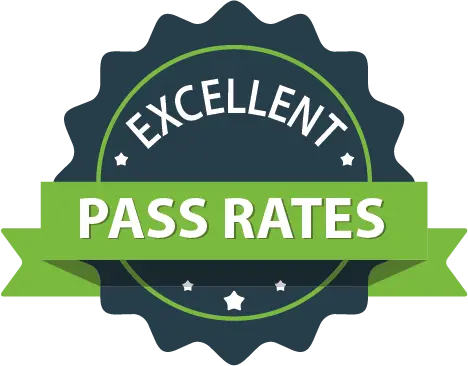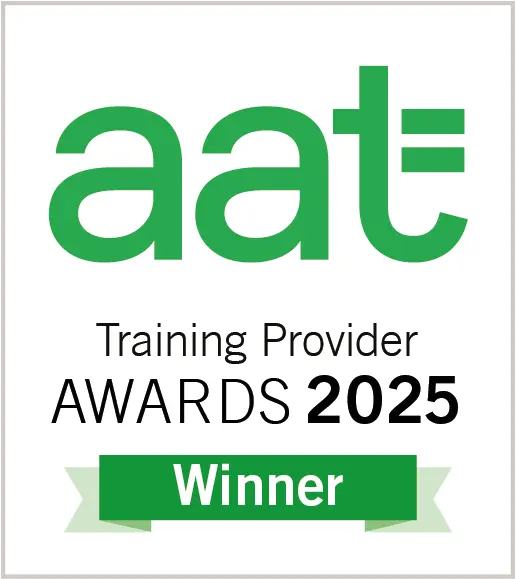How to choose a workplace pension scheme | AAT Comment
How to choose a workplace pension scheme
HR, people and management
Choosing a workplace pension scheme is, unless they already have one, a process every employer going through the auto-enrolment process will have to go through. So what should employers be looking for when they select a scheme for their staff, and how should they go about sourcing one? 
Large, well-resourced organisations will normally get a professional pension consultant or financial adviser to choose a scheme on their behalf. They will charge a fee for doing this ever since they were banned from taking commission from pension providers three years ago.
Some financial advice firms are developing low-cost auto-enrolment advice and assistance propositions that may be attractive to some small employers, though as auto-enrolment rolls out to ever smaller organisations, these will be used less frequently. Many smaller employers will balk at the idea of paying an adviser at a time when they also have to fund the cost of employer pension contributions for the first time.
Defined benefit schemes, also known as final salary pensions, are highly unlikely to be chosen for auto-enrolment purposes because of their very high cost.
The vast majority of employers will opt for a defined contribution (DC) scheme, also known as a ‘money purchase’ plan, which means the employer and employee both pay in a set amount each month.
With a torrent of business set to hit them in the next two-and-a-half years, some pension providers are getting choosy about who they deal with. Around 1.4 million employers legally required to find a provider by 2018, and most commercial providers are now targeting high-value schemes full of high earners or introducing charges for onboarding schemes onto their systems.
Some providers are still taking all-comers without charging, provided the employer delivers data in precisely the terms they demand. One provider that will accept any employer is Nest – the National Employment Savings Trust. Nest is a master trust workplace pension scheme that has been set up by the government with a public service obligation to accept any employer, however small.
All auto-enrolment schemes must have member annual management charges broadly equivalent to no more than 0.75 per cent a year.
Getting data and contributions from the employer to the pension provider each month is one of the biggest jobs of auto-enrolment. So it is important to check that the employer’s payroll software fulfils all the tasks required by auto-enrolment rules and that it interfaces with the pension provider’s system.
DC schemes suitable for auto-enrolment fall into two distinct types – group personal pensions (GPPs) and master trusts.
GPPs are offered by life insurance companies and are regulated by the Financial Conduct Authority (FCA). They typically offer a wide range of investment options, which can be adapted to the individual member’s personal risk profile. This makes GPPs arguably more suitable for workforces made up of higher earners, who are more likely to have a financial adviser or manage their own finances. That said, in reality more than 80 per cent of people in GPPs never use much of this functionality and opt for the default investment option.
Master trusts are run under occupational pensions regulations rather than FCA rules and are governed by The Pensions Regulator. They are perceived as offering a low-cost option suitable for lower income workers, although master trust providers would argue they are equally suited to high earners.
Master trusts typically offer a single investment option that, in the same way GPP defaults do, is designed to meet the investment risk appetite of a typical worker. As their name suggests, master trusts have a board of trustees who oversee the administration, investment management and other features of the scheme on behalf of members.
The Pensions Regulator has expressed concern at the proliferation of small master trusts – there are believed to be around 70 in operation at the moment – some of which it suspects have been set up to cash in on the auto-enrolment boom. To help employers find a scheme they can rely on it has created a kitemark-style benchmark, known as the ‘master trust assurance framework’. Master trusts achieving accreditation – of which there are currently four – have demonstrated to an independent authority that they are managed to a high standard. That said, it is by no means the case that all small master trusts are questionable, and members in practice referred to one through a trusted source should not be deterred.
Finally, for any members in practice assisting and advising clients with their auto-enrolment duties, it is essential to make clear the extent of what is and isn’t being done for them at the outset. If and when things go wrong, you don’t want to be the one unpicking administrative errors or cleansing data and not getting paid for it.
About the author: John Greenwood is the author of The Financial Times Guide to Pensions and Wealth in in Retirement
Get your early bird ticket for the Annual Conference 2016 where you can attend several workshops including ‘an update from The Pensions Regulator on auto-enrolment‘.













 Study with the Winner of AAT Distance Learning Training Provider of the Year 2025
Study with the Winner of AAT Distance Learning Training Provider of the Year 2025